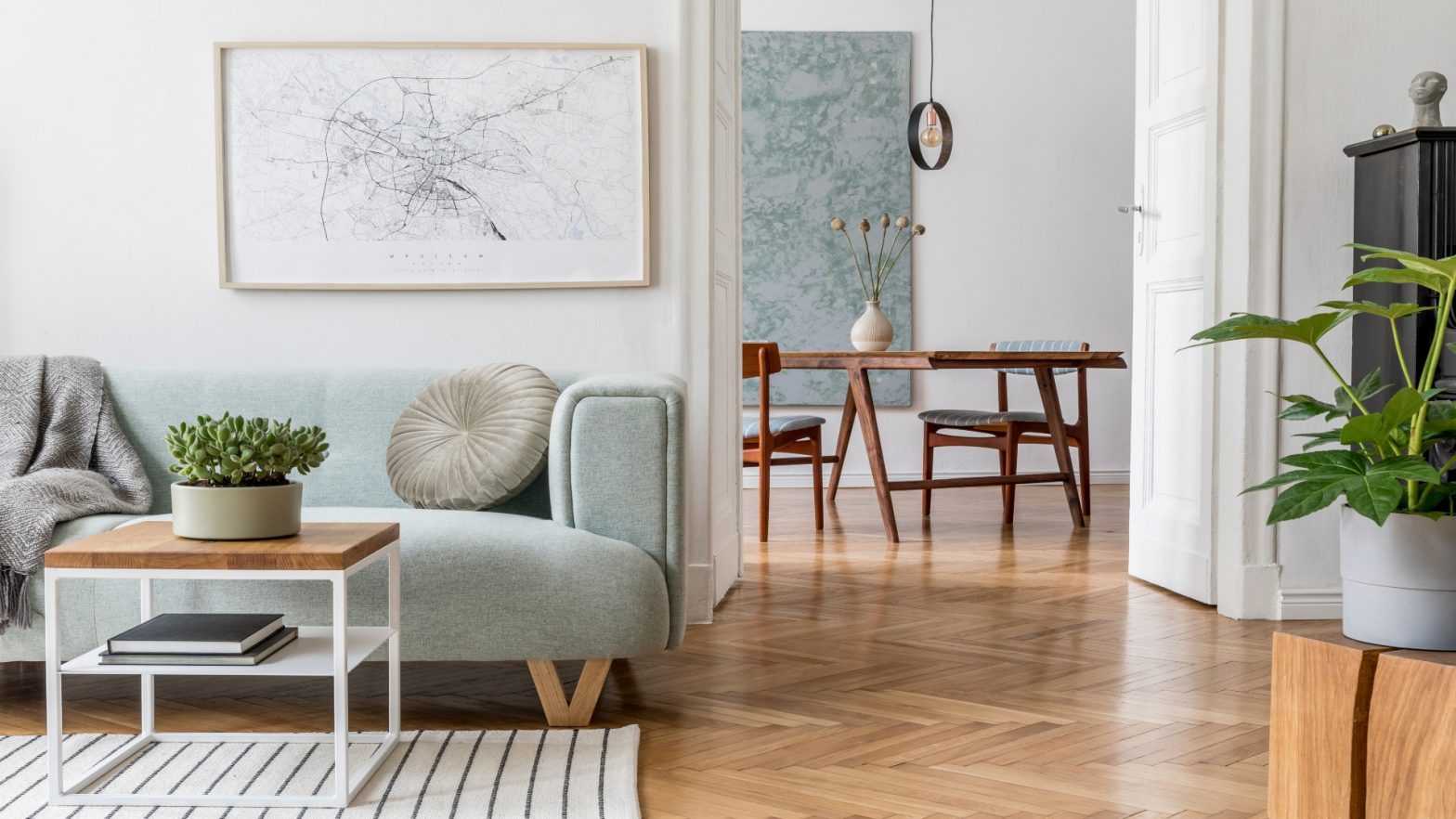When it comes to home construction, sustainable building has to be at the forefront of any construction builder and homeowner’s mind. This is because the carbon footprint left behind by a new home construction is quite substantial — the larger the home, the more C02 it emits as its being constructed.
It’s suggested that homes today are larger than they’ve ever been. In fact, homes today are up to 45% larger than homes built in the 1970s, and this means more materials being used. The more materials a property uses during the construction process, the more of a negative impact it has on the environment.
This is where log cabin construction comes into play. Whether you prefer a log cabin home designed with intimacy and cozy living in mind or a more modern-style cabin home, simply choosing this type of woodsy retreat can have a more positive impact on the environment than you’d think. Explore how innovations in log cabin construction reduce their impact on the environment and more wholly support sustainable building. This way, when you research “log cabins for sale near me”, you’ll know that the homes you’re considering are likely to be more environmentally sound than their concrete and steel competitors.
Modern Innovations in Log Cabin Designs
From utilizing reclaimed wood to embarking on more energy-friendly building practices, there are many modern innovations in log cabin designs that can benefit sustainable living in large ways. Here are just a few of them.
Naturally Insulative
Wood is a natural insulator, which means if you have your log cabin constructions properly sealed, you can enjoy a property that wastes less energy than it might otherwise. Not only is this great for the environment, it’s great for your wallet as well since you’re not spending additional money to heat and cool your house due to energy loss.
Log cabins can even be constructed to be more energy sound than traditional homes. In supporting the build of log cabins in your area, you can do your part to support sustainability.
Rapid Construction
The less time it takes a log cabin to be constructed, the fewer carbon emissions it releases due to operating equipment. Due to the ease of framework construction in a log cabin, these structures can be constructed in a short amount of time, saving time, money, and energy costs. Some log cabins can be constructed in just a matter of days.
Renewable or Renewed Resources
Perhaps the most noticeable innovation in log cabin building is in the materials used: the logs themselves. Logs used in log cabin construction are both renewable (trees are a readily renewable resource) and renewed (when reclaimed wood is used in construction). Both redwood and cedar wood, commonly used in fence construction, are naturally insect and water-repellant, making for very naturally durable materials that compete with man-made materials while taking up far fewer resources.
Other renewable resources that can be used in the construction of log cabin homes include bamboo and recycled steel materials.
Choosing Wood Cabins For Your Home Construction
Most modern homes are constructed using concrete, steel, and other materials that contribute heavily to C02 emissions. Log homes can be constructed using far more earth-friendly materials without compromising the integrity of the building’s overall design. For example, a log cabin can be constructed nearly entirely from reclaimed wood for a unique and economically-sound appeal. Furthermore, log cabins can last for decades without needing ample repairs and upgrades so long as they are professionally sealed, allowing you to save money on reconstruction in the long run (not to mention the environmental benefits of fewer construction emissions).
Ways to Add Sustainability to Your Log Cabin
Whether your log cabin home is your full-time residence or you only use your park model log cabin for a vacation retreat or recreational vehicle, there are several ways you can make your log cabin more sustainable. Consider the following in your log cabin design.
Utilize Natural Light
Natural lighting not only helps you use less electricity in your home keeping rooms lit, it allows you to let in natural sunlight to warm the space in the summer months. UV-protectant window treatments allow you to enjoy natural lighting without worrying about the sun fading your property’s interior.
Consider Solar Panels
Log cabins are often constructed with a wide open floor concept and a loft-design, which means they don’t take up a lot of square footage. This means you can easily power (or largely supplement your traditional power sources) with solar panels on the roof of your log cabin. Since the property is largely naturally insulative anyhow, it won’t take much to let the sun’s energy keep your log cabin comfortable.
Install Sustainable Flooring
A log cabin can benefit from a more modern approach to flooring, and bamboo or cork flooring options both can give your log cabin the finishing touches it needs. Sustainable flooring from renewable sources is not only pretty to look at, but comfortable and long-lasting to enjoy in the home.
Modernize Your HVAC System
Your log cabin’s HVAC system should be upgraded for maximum energy efficiency. This way, you spend less money heating and cooling your living space and waste less energy at the same time. The smaller your log cabin is, the less energy your HVAC system needs to use, so tiny log cabin homes are especially energy-sound.
Going Green With Log Cabins
Several innovations in modern construction make log cabins more energy-efficient and sustainable than ever. Explore several benefits of having a log cabin and design your dream home around earth-friendly practices.

































